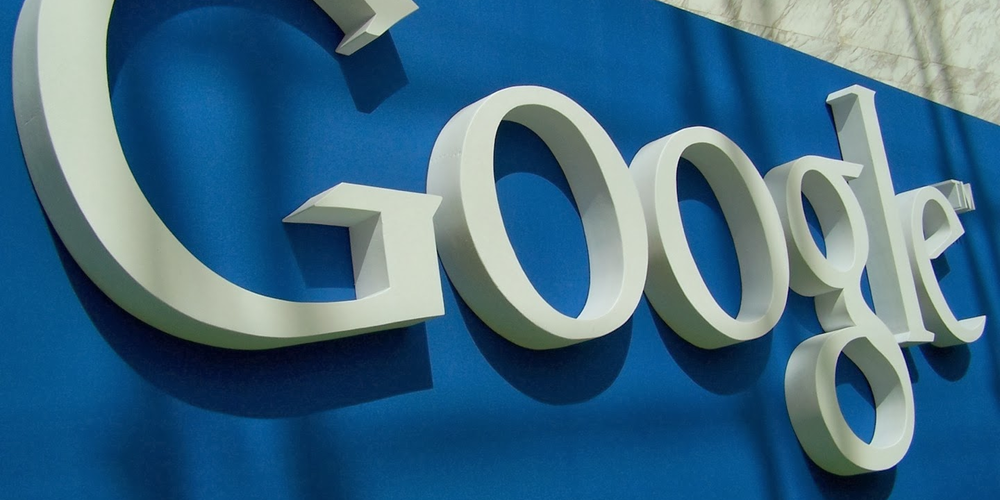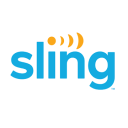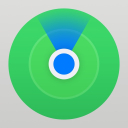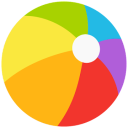Google Lens Introduces New Feature to Search for Skin Conditions
Jun-15-2023

Google Lens, the computer vision-powered app that identifies objects and provides relevant information, is getting an upgrade with the addition of new features. The app will now be able to identify and provide information on skin conditions such as moles and rashes, making it easier for users to understand potential health issues without needing to describe them with words. This development comes after Google's launch of an AI-driven app in 2021 that aimed to diagnose skin, hair, and nail conditions but faced regulatory barriers in the U.S.
In this new update, users can upload a picture or photo to Google Lens, which will then initiate a search for similar visual matches. This feature is particularly useful for identifying physical maladies that may be difficult to describe verbally, such as a bump on the lip, a line on the nails, or hair loss. Aside from skin conditions, this new capability of Google Lens could potentially be applied to other medical concerns, providing users with a convenient way to obtain information about their health.
However, it is important to note that the updated Google Lens falls short of being a diagnostic tool. The app is not designed to provide medical diagnoses or replace professional healthcare advice. Instead, it serves as an informational resource that can be helpful in understanding potential health issues based on visual similarities. Users are still advised to consult their healthcare providers for proper diagnosis and treatment of any concerns they may have.
Google's previous attempt to create a diagnostic app was met with challenges in the U.S., as the Food and Drug Administration (FDA) would have needed to approve it. Google chose not to pursue this approval and instead focused on enhancing Google Lens with features that could still provide users with valuable information about their health. The updated app has the potential to bridge the gap between users and healthcare professionals, making it easier for people to identify and communicate their concerns.
In conclusion, the addition of skin condition identification to Google Lens represents a significant advancement in the app's capabilities. Although not a diagnostic tool, this feature can provide users with valuable information about potential health issues based on visual matches. As technology continues to evolve and develop, it is exciting to see how innovations like Google Lens can improve access to information and empower individuals to take charge of their health.







